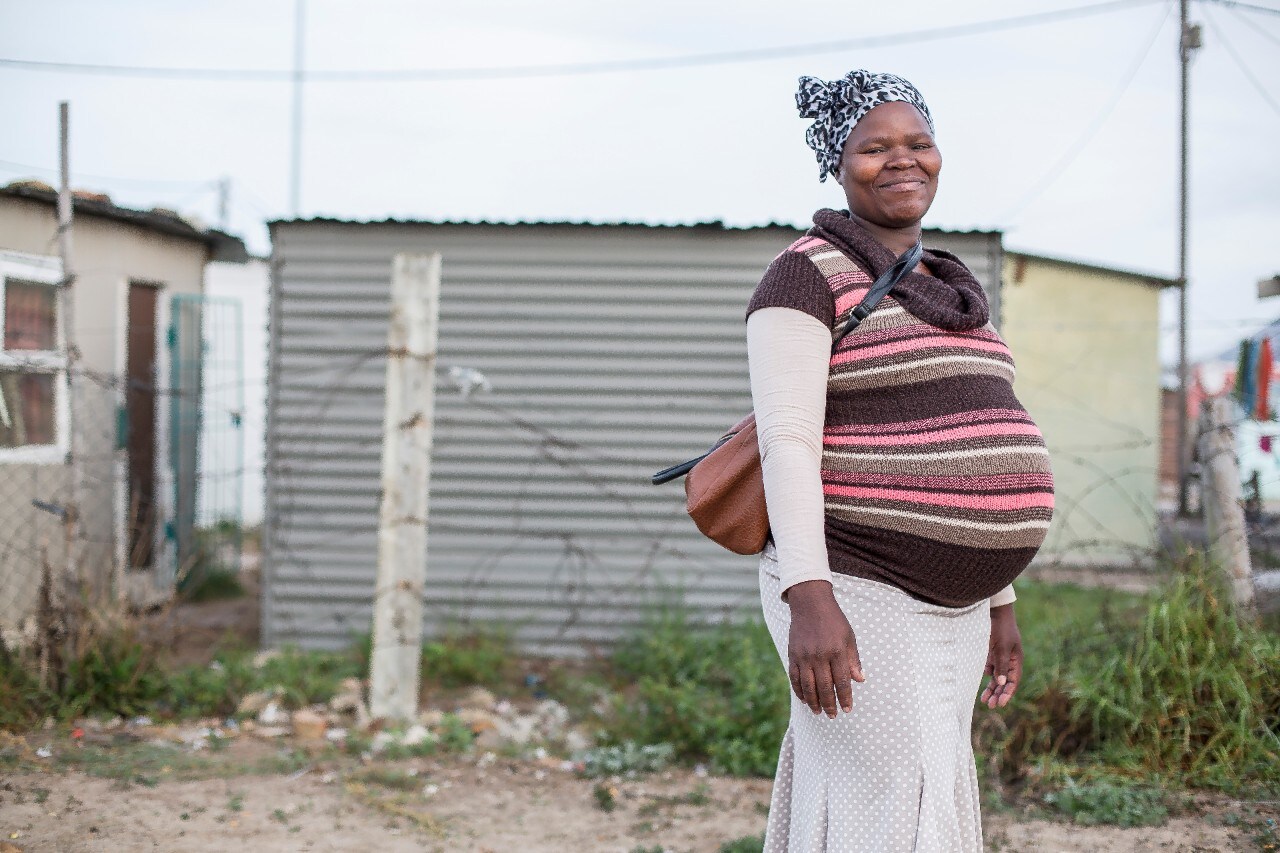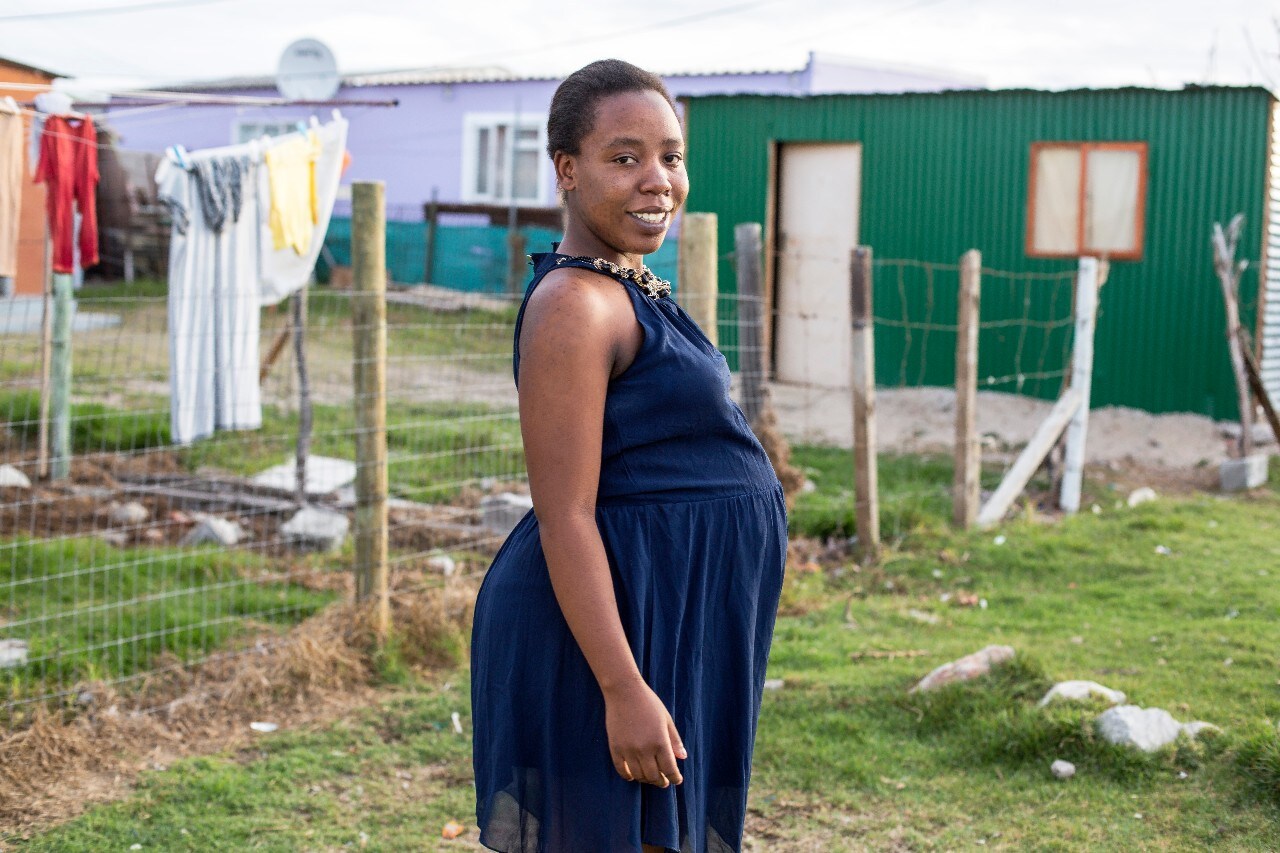Poor nutrition in the critical first year of life not only leads to early and untimely death, but robs millions of children of a bright future by impairing their intellectual performance, work capacity, and overall long-term health. Yet, this doesn’t need to be the case. Good nutrition and #brightbeginnings for all is achievable especially in the vitally important early years. It starts with optimal breastfeeding practices, but also includes adequate and appropriate complementary feeding beginning when baby turns 6 months old.
Complementary foods ‘complement’ breastmilk
Although still a key nutrient contributor, at 6 months of age, breastmilk alone is no longer sufficient for the growing child and developmentally they are also usually ready to start eating other foods. Thus continued breastfeeding, to at least 2 years and beyond, while also introducing nutritionally adequate and safe complementary foods is recommended at the important 6 months milestone. Sadly, the statistics show that it is often when complementary foods are started, that many of the child’s nutrition problems begin. Problems that if not addressed at this critical time for #brightbeginnings, will negatively impact the child for the rest of their life.
The choice of foods introduced to baby at this time is critical. Key to remember is that this is a time of high need for most nutrients to support the growing baby’s rapid growth, yet the child has a small stomach space. What does this mean for mum? The older baby now needs regular small volumes of food, but it should contain plenty of the vital vitamins and minerals as well as important protein and healthy fat. Nutrition experts refer to it as the need to feed baby nutrient dense foods. Yet, complementary diets in developing countries often do not contain adequate amounts of key nutrients because of a lack of diversity in the diet and dependence on plant-based staples, such as maize. This is a major concern and hampers children having the #brightbeginnings they need for a #brightfuture.
Quality not quantity is all important
In order to ensure that all the vital nutrients (proteins, fats, vitamins and minerals) for optimal growth and development are included in the baby’s diet from 6 months of age, here are 10 guidelines to follow:
1. At six months, start giving your baby small amounts of complementary foods, while continuing to breastfeed to two years and beyond.
2. Gradually increase the amount of food, number of feeds and variety as your baby gets older.
- At 6 months babies can eat pureed, mashed and semi-solid foods.
- By 8 months most babies can also eat ‘finger foods’ but make sure they are good sources of nutrition such as apple wedges and carrot sticks not biscuits and chips.
- By 12 months, most children can eat the same foods enjoyed by the rest of the family. Remember though that they should contain plenty of nutrients such as mince with lots of vegetables rather than just porridge with gravy.
3. Feed slowly and patiently and encourage your baby to eat, but do not force them.
4. Give your baby meat, chicken, fish or egg every day, or as often as possible. These foods are a good source of many minerals, vitamins and fats that the body can more easily use than when the same nutrients come from plant foods. In fact, animal foods are the only foods that contain enough iron, zinc, calcium and the vitamin called riboflavin to supply what the child now needs due to their rapid growth. The reality is that more than half of babies aged 6-12 months in many parts of Africa often don’t eat any animal foods[1]. This is often due to them being expensive and so fortified foods with added vitamins and minerals might be important for mum to include.
5. When complementary foods are started at 6 months, give your baby dark-green leafy vegetables and orange coloured vegetables and fruit every day. Why? They are the key source of many vital vitamins. Dark-green leafy vegetables and orange-coloured vegetables and fruit (spinach, broccoli, butternut, carrots, orange fleshed sweet potatoes, and mangoes) are important sources of essential vitamin A. Vitamin A plays an important role in the functioning of the immune system and eyesight.
Useful fact: Young children often dislike vegetables but children of mothers who ate plenty of vegetables and fruit during their pregnancy are more likely to eat them. Babies given a wide variety of vegetables and fruit during the complementary feeding period are also more accepting of them.
|
6. From 6 months, start spoon feeding your baby with thick foods, and gradually increase to the consistency of family food.
7. Avoid giving baby tea, coffee and sugary drinks and high-sugar, high-fat salty snacks.
8. Provide your baby with adequate fat. Contrary to what many people have heard, fat is not always bad and in fact is very important during the complementary feeding period. It provides baby with what are known as essential fatty acids (especially docosahexaenoic acid or DHA) that play an important role in their growth and development and assists with absorption of the fat soluble vitamins. The fat baby really needs is mainly found in breastmilk and fish.
Useful fact: Breastmilk is generally a greater source of fat than most complementary foods, making it a vital part of the diet during the complementary feeding period.
|
9. If necessary, use fortified complementary foods or vitamin-mineral supplements as part of baby’s diet from 6 months. Globally it is recognized that fortified foods with added vitamins and minerals, or supplements, have a role to play in ensuring that children get the nutrition they need especially in countries where the commonly eaten foods don’t contain enough vitamins and minerals to meet their needs.
Useful fact: In both South Africa and Kenya all maize meal and wheat flour is required to be fortified with a range of vitamins and minerals.
|
10. Hands should be washed with soap and clean water before preparing or eating food. Inadequate sanitation, unsafe water and poor hygiene practices increase exposure to infectious diseases especially diarrhoea. Hand washing with clean water and soap is one of the most effective and cheapest measures against gastrointestinal infection that kills just over half a million children under 5 years of age[2].
Ten recommendations that if applied by mums could ensure that children get the best start in life to grow and develop optimally so that they can have #brightbeginnings and bright futures.
Did you know?
Globally1:
- Only half of children aged 6 to 23 months of age are fed the minimum number of meals a day necessary to meet their nutritional needs.
- Only one in every six children is fed a complementary diet that meets all their nutritional needs.
- Only half of children aged 6-12 months eat any animal source foods (meat, eggs or dairy) necessary to provide them with important nutrients for their growth and development.
In South Africa:
- The early introduction of complementary feeding before 6 months of age is a major concern[3]. Exclusive breastfeeding, with no other liquids or foods, not even water, should take place for the first six months of life.
- Vitamin A deficiency prevalence in South African children under 5 years of age is 44%[4]. This puts nearly half of these children at risk of developing diseases and early death.
- Around one in every ten South African children under the age of five years suffers from anaemia4. Not getting enough iron from your food is one of the causes of anaemia. Iron is important in growing cells and brain development; deficiencies have been linked to learning and memory problems.
In Kenya:
- 22% of babies 6-23 months are fed a complementary diet that provides them with the nutrients they need for growth and development1.
- Almost one in every ten Kenyan children under five years of age suffers from vitamin A deficiency. Vitamin A plays an important role in the baby’s immune system and eyesight. By helping the immune system, it helps protect children from illness and even from death[5].
- Almost 30% of Kenyan children aged from 6 months to 14 years are reported to be anaemic; this is often caused by not getting enough iron from food. These children are at risk of decreased cognitive development which will affect their schooling[6].










